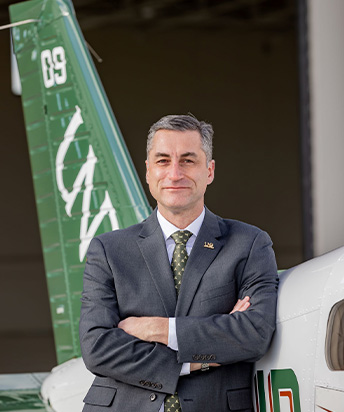Richard has his BS of Electrical Engineering from the University of Hawai’i at Manoa and his MS Electrical Engineering with an emphasis in Electromagnetic Theory from the University of Southern California.
Speakers
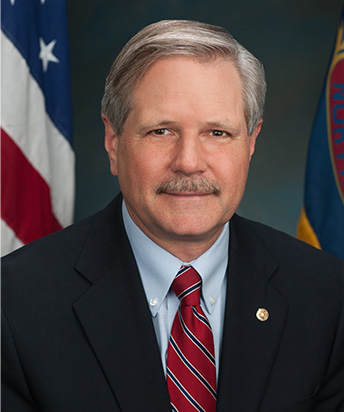
On January 5, 2011, John Hoeven was sworn in as North Dakota’s 22nd U.S. Senator, following ten years of service as the state’s governor.
Senator Hoeven’s priorities in the Senate include working to implement national policies similar to the ones driving North Dakota’s economic success. He is committed to creating a business climate that fosters job growth and robust economic activity. Equally important to the senator are measures to reduce the nation’s budget deficits and debt. He believes a commonsense approach that fosters free enterprise and empowers people to innovate and invest will strengthen our national economy and create jobs for our country in a sustainable, ongoing way.
As a senator, Hoeven has been leading efforts to develop a comprehensive national energy plan similar to North Dakota’s EmPower North Dakota, a comprehensive plan that encourages an all-of-the-above approach to development and includes both traditional and renewable resources. Hoeven believes such an approach will lead to jobs, economic growth and true energy security for America. The senator’s work includes serving as the leading advocate for approving the Keystone XL pipeline and advancing measures that will eliminate outdated and unnecessary regulations that are prolonging the approval process and discouraging investment and innovation.
In addition, as a member of both the Agriculture Committee and the conference committee that negotiated the 2014 final farm bill, Hoeven played a crucial role in crafting and passing a long term farm bill that provides the nation’s producers with the certainty they need to plan for the future, as well as new tools to manage risk with enhanced crop insurance. The senator continues to work to make sure the farm bill is implemented in a timely and effective way.
Prior to his election to the Senate, Senator Hoeven served as governor of North Dakota for a decade. Under his leadership, the state expanded and diversified its economy and gained thousands of new jobs. North Dakota’s wages and personal income today continue to grow faster than the national average, and in recent years the state has led the nation in export growth. North Dakota regularly balances its budget, has set aside more strong reserves for the future, cut taxes, and invested in priorities like education, law enforcement and infrastructure.
As governor, Hoeven also placed a strong focus on developing North Dakota’s vast energy resources. Beginning in 2002, he initiated EmPower ND, a comprehensive energy plan for the state that includes all energy resources as well as a conservation component. Today, North Dakota stands as an energy powerhouse and one of the largest energy producing and exporting states in the nation. Currently, North Dakota produces more than one million barrels of oil a day and ranks as the second largest oil-producing state in the country.
Senator Hoeven was born in Bismarck. He earned a bachelor’s degree from Dartmouth College in 1979 and a master’s degree in business administration from Northwestern University in 1981. He served as executive vice president of First Western Bank in Minot from 1986 to 1993, and served on many civic, community, and economic development groups. From 1993-2000, he served as president and CEO of the Bank of North Dakota, which grew from $900 million to $1.6 billion under his leadership.
Hoeven and his wife Mical (Mikey) live in Bismarck. They have two children, Marcela and Jack, and eight grandsons.
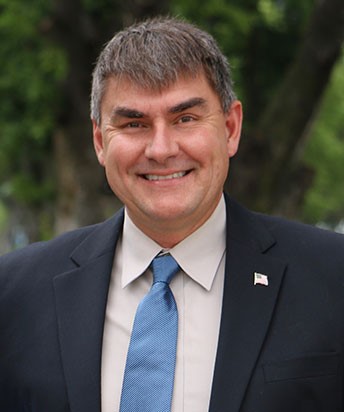
Eric A. "Viking" Follstad
Mr. Eric A. Follstad serves as the acting Science and Technology Division Chief, Resources and Analysis Directorate J8, US Central Command (USCENTCOM), where he is directly responsible for providing the best military advice to the Commander and staff on scientific and technology efforts across industry, academic, and the military services. He leads a diverse staff charged with developing rapid prototyping, experimentation, and conceptual approaches against validated and emerging joint warfighting needs. Additionally, Mr. Follstad serves as a Subject Matter Expert (SME) on the USCENTCOM staff on matters concerning Integrated Air and Missile Defense, Counter-UAS, and Joint Aerospace integration to include deep technology work in Operationalizing the Stratosphere (OTS).
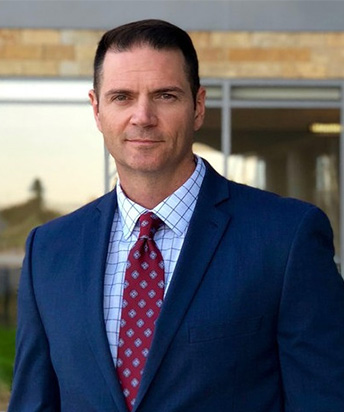
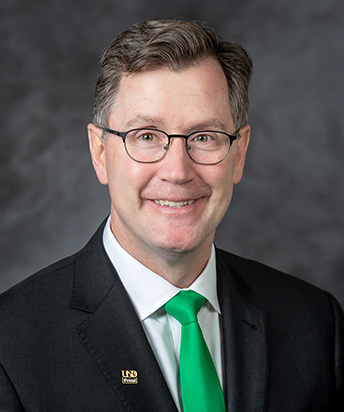
- andrew.armacost@UND.edu
- 701.777.2121
-
Twamley Hall Room 300
Grand Forks ND 58202
Andrew P. Armacost officially began his tenure as the University of North Dakota’s 13th President on June 1, 2020. He previously served as Dean of the Faculty at the U.S. Air Force Academy in Colorado Springs, Colorado, retiring in the rank of Brigadier General in 2019. As UND’s President, Armacost has led the campus to national recognition, including the 2021 Larry Abernathy Award from the International Town Gown Association and the 2022 ACE/Fidelity Investments Transformation Award from the American Council on Education. In 2021, UND was the first university in the nation to be designated as a member of the U.S. Space Force’s University Partnership Program.
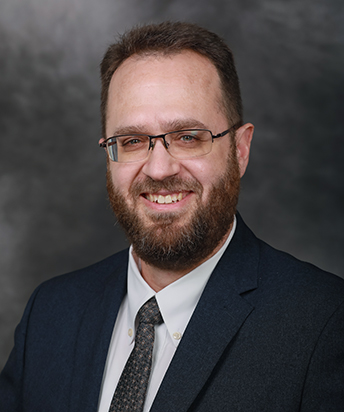
- ryan.s.adams@UND.edu
- 701.777.5644
-
Tech Accelerator Room 2061
Grand Forks ND 58202-7165
Dr. Adams currently serves the School of Electrical Engineering and Computer Science at the University of North Dakota as Director of the School and Professor. He has previously served his country as an active duty member of the U.S. Air Force where he was a program manager with the Space and Missile Systems Center, and an aircraft maintenance technician. Dr. Adams's research interests include Electromagnetic wave propagation in complex media including ferrites, metamaterials, and chiral media; antenna design for both cellular and medical applications; and numerical schemes for the simulation of wave propagation in a variety of scenarios.
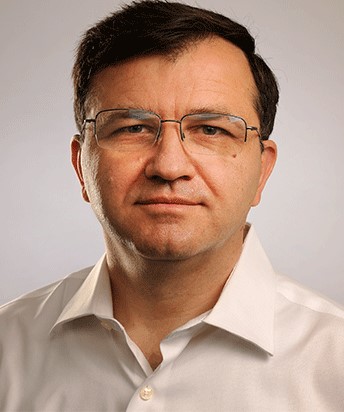
Ionel Stefan
Dr. Ionel Stefan is Amprius’ Chief Technology Officer. He joined Amprius in its very early days to lead the development of electrochemistry for silicon nanowire anode-based lithium-ion batteries. Dr. Stefan is a recognized expert in electrochemistry and energy storage and leads the company’s scientific research and development activities for advancing lithium ion cell performance.
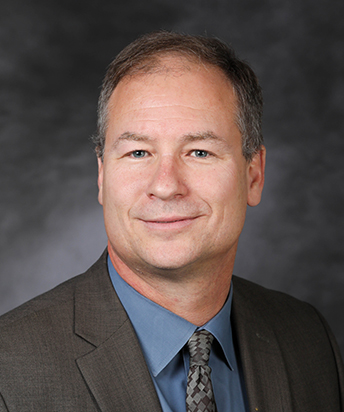
- mark.askelson@UND.edu
- 701.777.6880
-
Tech Accelerator Room 1100
Grand Forks ND 58202-8367
Dr. Askelson is the Associate Vice President for Research—National Security Initiative at the University of North Dakota (UND). He recently served as Executive Director of the Research Institute for Autonomous Systems (RIAS), Associate Dean of Research for the John D. Odegard School of Aerospace Sciences, and Professor in the Department of Atmospheric Sciences at UND.
Dr. Robert J. Kraus is the Dean of the John D. Odegard School of Aerospace Sciences, a world-renowned center for aerospace learning, nationally acclaimed for our achievements in collegiate aviation education, atmospheric sciences, space studies, and Earth system science and policy.
With 850 faculty and staff members serving 2,100 students from around the world, the Odegard School has earned an international reputation as one of the premiere Aviation and Aerospace colleges in the world. In addition to providing the highest quality education possible at a reasonable cost, the Odegard school has been very successful in garnering $18 million in externally funded contracts and research projects each year. With more than 130 airplanes, helicopters, and unmanned aerial systems, and a myriad of projects studying the Earth up to and through the sky, into space, to Mars and beyond, the School is leading the charge into the future of aerospace.
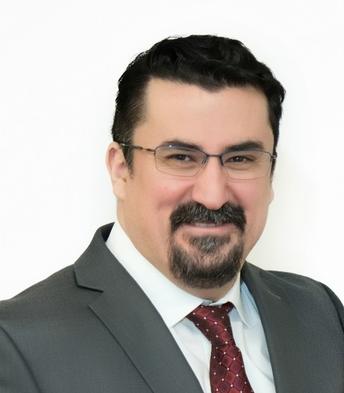
- nuri.oncel@UND.edu
- 701.777.3529
-
Witmer Hall Room 217
Grand Forks ND 58202-7129
Dr. Oncel got his Ph.D. in Applied Physics from the University of Twente (the Netherlands) and worked as a post-doctoral research associate at Princeton University for two years before joining UND in 2009. He is currently serving as the interim director of UND-Nanofoundry and he is a Professor of Physics and Astrophysics. His research interests are ranging from surface physics to nanomaterials and nanodevices.
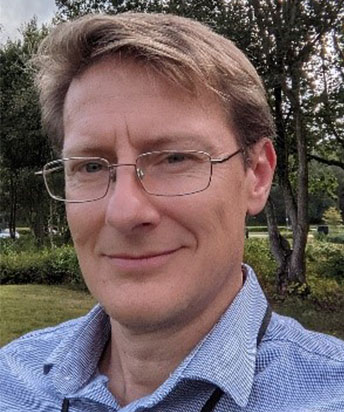
Paul Stevens
Paul Stevens is the CEO of Voltitude Ltd and the former Head of Design for the Airbus Zephyr High-Altitude Pseudo Satellite (HAPS) program. He established Voltitude Ltd, a new company dedicated to “Unlocking the Stratosphere®”, and leads the development of High-Altitude Platforms, technology, applications, and payloads, and has spent over 20 years developing and demonstrating HAPS systems and technology. Paul is a Physicist by academic training and a Chartered Engineer specializing in System Engineering for HAPS.
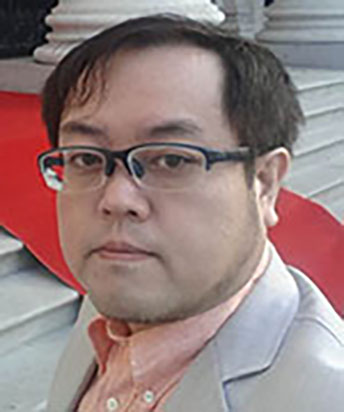
Dr. Yoshihisa Kishiyama joined NTT DOCOMO, INC. in 2000. In July 2022, he was temporarily transferred to Space Compass Corporation which is a joint venture between NTT, Inc. and SKY Perfect JSAT Corporation. He is currently a Senior Manager of Space RAN Business Department for Space Compass. Dr. Kishiyama has been engaged in the research and development for the 4G and 5G mobile communications systems. He is also a technical concept maker for the new generation systems, and a writer of 5G/6G white papers in NTT DOCOMO. He has more than 400 granted patents in the area of mobile communications.

Toshiharu Sumiyoshi began his career at SoftBank in 2011, where he was involved in LTE network deployment strategy development. He promoted the planning of the world's first TD-LTE network deployment and later was responsible for the development of Softbank's overall wireless network deployment plan. Mr. Sumiyoshi’s work includes: engaged in new business planning and promotion from 2017, launched a sharing parking service in 2018, and then in charge of HAPS technical planning from 2021. He is currently promoting various technical studies for commercialization.
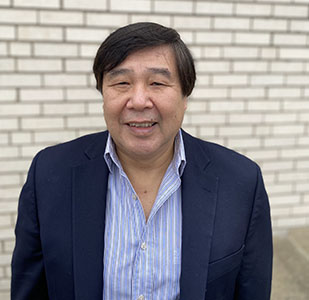
Dr. Pan has served as President of MicroLink Devices since its founding in May 2000. After founding MicroLink Devices, Dr. Pan established Mitsubishi Electric,Agilent Technologies, and GCS as key customers. Dr. Pan led the company to profitability in 2005 and continues to build significant value around MicroLink’s corecompetence in epitaxial wafer manufacturing for HBTs and epitaxial lift off solar cells. He is responsible for the development of novel processes anddevice structures for improvements in microwave and solar cell device performance.
His current work centers on the advancement of high efficiency solar cells for low altitude and stratospheric flight. He led efforts at MicroLink to establish a production infrastructure of ELO high efficiency solar cells, which led to multiple long endurance Zephyr flights including the most recent 64-day flight during the Summer of 2022. Dr. Pan served as chief scientist at Kopin Corporationfrom 1995-2000. He led the marketing and engineering efforts to develop AlGaAs and InGaP HBT materials for cellular phone applications. Dr. Pan hasbuilt more than 10 successful HBT programs worldwide for companies such as Skyworks (formerly Rockwell), TriQuint, Anadigics, Mitsubishi Electric, Toshiba,GCS, RFMD, Raytheon, Northrop Grumman, Agilent Technologies, and Nortel Networks. The yearly revenue from these programs peaked at $80M in 2000, the year in which Dr. Pan left Kopin to start MicroLink Devices.
Dr. Pan was previously a senior scientist at Raytheon Research (1988-1995) where hedemonstrated novel high electron mobility transistors (HEMTs) and bipolar transistors by the metal organic chemical vapor deposition epitaxial growthtechnique. Dr. Pan is a senior member of IEEE and was inducted to the Chicago Entrepreneurial Hall of Fame in 2007. He earned his Ph.D. in 1988 from the University of Illinois at Urbana-Champaign and has published more than 70 papers.
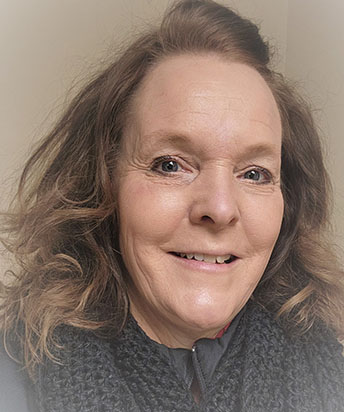
Mary Houdek has been a Business Advisor with Job Service North Dakota in Grand Forks for 6 years and has been with the agency for 33 years. She works to connect businesses and communities in northeastern ND to a variety of programs and services to meet their workforce needs. Mary serves on several economic development boards and workforce development committees in the region, is currently a board member for the Greater Grand Forks Human Resource Association and is a long-term member of the International Association of Workforce Professionals. Mary believes the best way to impact workforce development is through collaboration and innovation.
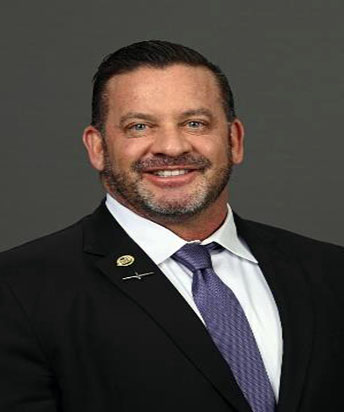
Michael Fridolfs
Mike Fridolfs is the Grand Sky Program Director for the AISR&T (Autonomous, Intelligence Surveillance, Reconnaissance and Test) organization at Northrop Grumman, a premier provider of manned and unmanned aircraft, space systems and advanced technologies critical to our nation’s security.
In this role he assumed in May 2019, Mike is responsible for executing the work Northrop Grumman conducts at its facility within the Grand Sky UAS Business and Aviation Park adjacent to Grand Forks AFB, ND. This includes guiding company investments in the facility, identifying and coordinating staffing requirements, and leading the technical, programmatic, and logistics efforts at Grand Sky. Most of all and recent is the Range Hawk program.
Previously, Mike has held multiple levels of leadership within the Northrop Grumman in San Diego. This included Integrated Product Team lead for Mission Systems, Ground Systems, as well as Communications team for the Global Hawk Program. Mike also held leadership roles in functional management throughout the years.
Before joining Northrop Grumman in 2003, he worked for SAIC on the network security and engineering team where he supported a large team in San Diego.
Mike earned a bachelor’s degree from the University of San Diego in 1995 and his Masters of Science from University of Michigan in Program and Project Management in 2014. Mike also holds multiple certifications in system engineering from California Institute of Technology, Digital Military Avionics from UCLA, and a Global Supply Chain Capstone graduate of Northrop Grumman.
Mike and his wife Jennifer live in Grand Forks. Mike also has two boys, one graduated from TCU in Ft. Worth and another who is currently attending Boise State.
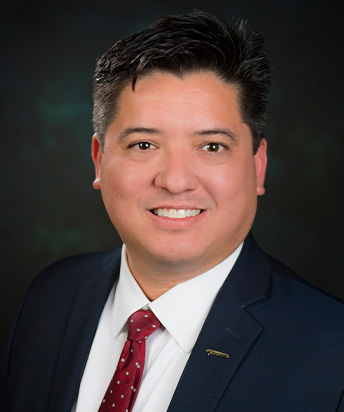
Richard Sullivan
Richard Sullivan is the vice president of Programs, within the NG Aeronautics Global Surveillance Division leading the Future Programs Business Area.
In this role, Sullivan collaborates across the company to define, shape, and capture new programs with discriminating mission capability in a joint multi-domain environment. He wasformerly the vice president, programs in Advanced Programs, Future Autonomous Aircraft, andpreviously the B-2 VP / program manager under the Military Aircraft Systems division.
Sullivan joined Northrop Grumman in 1995 as an antenna design engineer working in ourrestricted space and on communication system payloads. He has spent approximately half of his career working in space programs, and the other half on airborne platforms specializing in system engineering, technical design and program leadership on manned and unmanned, permissive and penetrating systems. His focus on data driven analyses, quality, and explaining the “why” has enabled program captures and completions.
Northrop Grumman solves the toughest problems in space, aeronautics, defense and cyberspace to meet the ever evolving needs of our customers worldwide. Our 90,000 employees define possible every day using science, technology and engineering to create and deliver advanced systems, products and services.
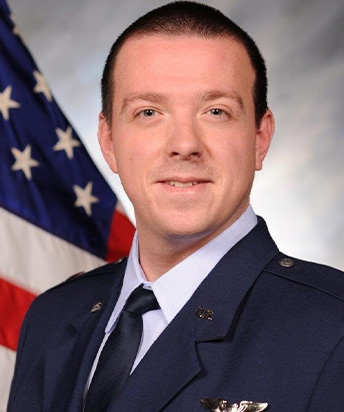
Maj Ryan "Machete" Blakeney is the 319th Reconnaissance Wing A3 Director of Operations. As an RQ-4B weapons officer, he flies worldwide intelligence, surveillance, and reconnaissance operations and serves as an advisor to the 319 Reconnaissance Wing and 319 Operations Group commanders. As the 319
RW/A3, he plans and strategizes global operations for the 319 RW to meet the Wing Commander, MAJCOM Commander, and Combatant Commander's directives. With a BS in manned aviation and an MS in unmanned systems, he has operational experience flying the C-130 and the RQ-4B for the USAF.
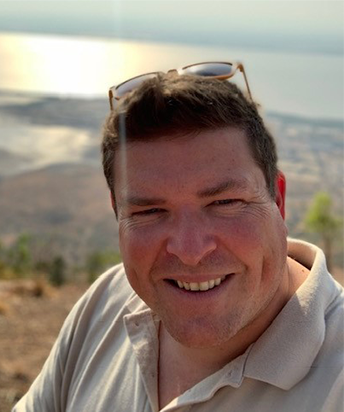
Richard Tyler is the Head of Flight Crew training at AALTO HAPS, and is accountable for all flight crew training for the Zephyr High Altitude Platform Station (HAPS) air system as the Crew Training Post Holder.
Richard has had a varied career prior to joining Zephyr as a software developer, IT Manager, Marketing Manager and Key Account Manager, but has always had a true love of aviation. Richard started flying at the age of 16 with the Royal Air Force Air Cadets, and became an Air Cadet gliding instructor flying the Grob 109b Vigilant. Whilst studying Aerospace Systems engineering at Coventry University, Richard was a member of the University Air Squadron flying the Scottish Aviation Bulldog.
Richard was able to bring his passion and love together for a career as part of the Zephyr team since 2017, being actively involved in 6 flight test campaigns, pioneering the stratosphere and exploring the envelope. Richard has shared his experience and knowledge to develop the Zephyr training solution and has with his team of instructors, trained all of the current Zephyr operators, mission planners and remote pilots in command. Richard holds both CAA & FAA pilots licences and is also a CAA Flight Instructor amassing over 1300 crewed hours and Richard also holds CAA/FAA/CASA unmanned licences and has amassed over 600 hours operating Zephyr over six flights!
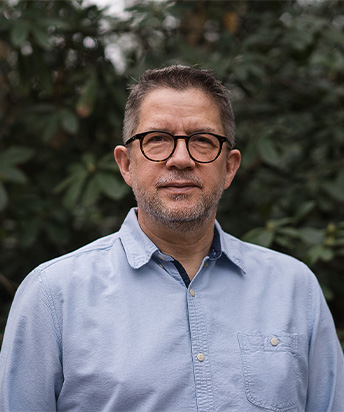
Dave is the Head of Air Operations and Flight Operations Post Holder for AALTO HAPS, accountable for safe flight operations of all Zephyr missions worldwide.
Before joining Zephyr in June 2018 Dave was a career military pilot, specializing in Air Mobility and Air to Air Refuelling operations. Dave joined the Royal Air Force in 1991 and, after completing Officer and Flight Training, his first Operational Tour was as a Co-Pilot on number 10 Squadron, flying VC-10 aircraft out of RAF Brize Norton. On upgrade to Captain, Dave continued to fly VC10s, but transferred to number 101 Squadron. In 2004 Dave was selected for a NATO exchange tour to Travis Air Force Base in California, where he flew the USAF KC-10 Extender aircraft as an instructor and evaluator pilot. Dave became involved in Policy and Procedures development and joined the authoring team for the NATO Standardization Agreement (STANAG) for Air to Air Refueling procedures manual.
In 2008 Dave completed Lateral Recruitment to the Royal Australian Air Force and became the RAAF 33 Squadron Flight Commander, Capability Development. He was seconded to Qantas airlines to undertake Airbus A330 Type Rating training and flew as a line-captain for Qantas for a year. After completing the Airbus Defence and Space Military Conversion Course for the A330 Multi-Role Tanker Transport (MRTT) aircraft and the RAAF Operational Test and Evaluation practitioners course, Dave deployed to Spain a number of times to support the KC-30(A) integrated project team.
In 2012 Dave returned to Europe and worked for Airbus in Spain, where he continued to work in test and evaluation, training development and systems development for the A330 MRTT project. In 2013, Dave visited the United Arab Emirates to help introduce their new aircraft and to provide some initial training to Pilots and Flight Crews. He was invited to stay and work as an Instructor and Evaluator Pilot for the UAE Air Force and spent 5 years in the UAE, instructing and evaluating Pilots and Crews operating the A330 MRTT, developing policy, procedures, techniques, training, standardization and evaluation systems for the UAE Air Force.
In 2018 Dave returned to the UK and joined the Zephyr programme. Arriving just days before the Zephyr 8 launch in Yuma in 2018. He managed the deployed ground operations for flight crews deployed to Australia once in 2018 and twice in 2019, while maintaining his own currency as a Zephyr operator and mission planner. Becoming the Head of Flight Operations (now Air Operations), Flight Operations Post Holder, Ground Operations Post Holder and T&E Post Holder in late 2019, as well as the CASA, Australia, Chief Remote Pilot, Dave was in the GCS for the 2020 low level test flight, both flights in 2021 and led the flight ops team during the 2022 64-day flight.
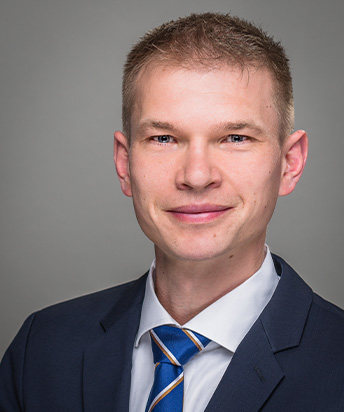
Andreas holds a Master’s degree in Mechanical Engineering and a Master’s degree in Business Administration. He started his career in 2008 as a development engineer for flight control systems of hypersonic aircraft and was responsible for the design of the flight critical systems of the SAGITTA UCAV demonstrator drone (on behalf of AIRBUS Defense & Space) Andreas holds certifications in Systems Engineering (INCOSE CSEP) and Project Management (PMI PMP) and was the Chief Engineer of the DLR HAP platform between 2018 and 2021 and is still responsible for the mission simulation system.
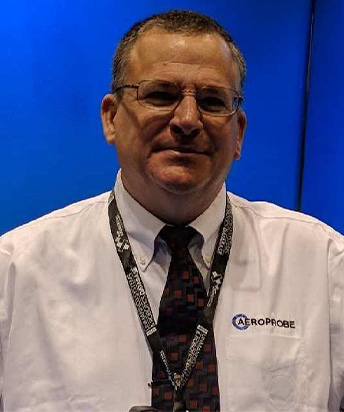
Dirk Elber
Dirk Elber is the Product Line Manager at Aeroprobe Corporation and is responsible for supporting flight product lines. This portfolio includes a line of micro Air Data Computer along with a variety of 5 Hole Air Data probes and drained pitot static probes to provide the customer real time information related to Airspeed, Angle of Attack and Angle of Sideslip. These products are designed with providing high accuracy air flow measurements while keeping Size, Weight, and Power requirements to a minimum.
Before joining Aeroprobe in 2018, Dirk had worked in Technical Sales/Product Line Manager for over a decade at Moog Components Group and Optical Cable Corporation. But the opportunity to combine over 30 years’ experience, with over 1500 flight hours, in sailplanes and the opportunity to work with the growing military and commercial unmanned flight market drew him to join Aeroprobe Corporation’s technical sales team.
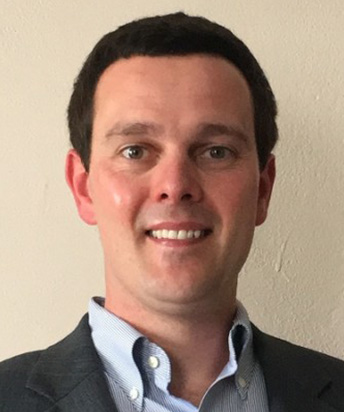
Dr. Justin M Selfridge formerly worked at NASA Langley for seven years developing and implementing adaptive control architectures and real-time system identification algorithms on experimental aircraft within the Dynamic Systems and Controls Branch. His doctoral dissertation investigated a novel concept aerial platform, called the Tethered Uni-Rotor Network (TURN), which solves the aerodynamic/structural problem ubiquitous to conventional fixed-wing designs. After receiving his degree, and with the help of NASA and US Air Force SBIR/STTR funding, he completed the R&D portion of TURN's development, which shows a 16X improvement over optimized fixed-wing aircraft, and puts a HAPS capability within reach. After completing TURN's R&D phase, Dr Selfridge founded Devorto Corporation, and is currently working to commercialize smaller scale TURN platforms which will pave the way towards the ultimate goal of solar-powered stratospheric flight.
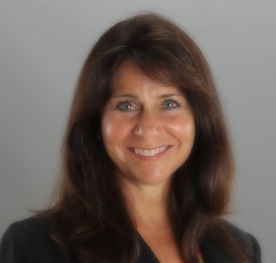
Mary Lockhart, a nationally recognized and established leader in both aerospace and atmospheric science communities, is the founder of PEMDAS Technologies & Innovations, a woman-owned, service-disabled veteran-owned small business. PEMDAS is an established expert in the integration of environmental intelligence (EI) into C4I systems, sensor design and test, and high-value engineering for the Department of Defense (DoD). Under Mary’s stewardship, PEMDAS has successfully developed cutting edge hardware and software technologies for enhancing warfighter mission success and survivability in the combat arena. Through her extensive career in the public and private sector, Mary has held vital research and leadership positions across multiple federal agencies to include the Department of Defense (DoD), the National Air and Space Administration (NASA), and the National Oceanic and Atmospheric Administration (NOAA). These positions spanned a variety of responsibilities and expertise such as: research engineer for NASA/Armstrong Flight Research Facility, Program Manager for the DoD’s first EI mission planning software for advanced electro-optical weapons (for which she received the coveted Meriwether Award for technical excellence and contributions to combat operations), multiple staff and operational positions within the Air Force Weather Directorate (to include direct support to Operation Iraqi Freedom), and the Acting Director of Air Force Weather, Headquarters, U.S. Air Force, Washington D.C. Her final assignment before retiring from a 30-year career as a colonel in the USAF Reserves was as legislative liaison, US House of Representatives. In this capacity she served the senior leadership of the US Air Force, including the Chief of Staff, as an advisor and liaison on governmental matters of importance to Air Force training, staffing and funding.
Mary possesses a M.S. in Mechanical Engineering from Boston University, B.S. in Meteorology from Penn State University, and a B.A. in Mathematics from the College of the Holy Cross. Her contributions to her academic and professional peers are expansive. Mary has served as the President for Women-in- Defense (WID) Washington DC Chapter, the Small Business Chair for the National Defense Industrial Association. (NDIA) and served on NDIA’s Executive Committee. She currently serves on the Engineering Advisory Council for Aerospace Engineering, University of Texas, Austin, Board of Trustees for Thomas University and the Research Institute for Autonomous Systems (RIAS) Advisory Board for the University of North Dakota, Grand Forks. She is consistently sought for her expertise in encouraging young girls and women to succeed in the Science, Technology, Engineering and Mathematics (STEM) fields through her participation in panel discussions and mentorship programs. Mary actively supports the wounded warrior veteran programs, donating her personal and company time and resources to achieving long-term positive impacts.

Becca Cruger serves as the Director of Workforce Development for the Grand Forks Region Economic Development Corporation, where she evaluates labor markets, imagining and implementing workforce programs that help talented people and innovative businesses find their homes in Grand Forks. She directs the award-winning Greater Grand Forks: Way Cooler than You Think! talent attraction initiative, manages the Northern Valley Career Expo, leads InternGF funding program, and co-chaired the team that raised $22 million to launch the Career Impact Academy.
Cruger believes in building a vibrant community and shares her time with numerous community organizations, currently serving as a board member for the Women’s Fund. She has also served on the boards of the Community Foundation of Grand Forks, East Grand Forks, and Region, EvolveGF, Greater Grand Forks Young Professionals, and MyAlly Health. For seven years she served as Honorary Commander of the Grand Forks Air Force Base. In 2020 she was named North Dakota’s Nonprofit Emerging Leader by the North Dakota Association of Nonprofit Organizations, in 2021 she was named as one of Prairie Business Magazine's 40 under 40, and in 2023 she was named one of the top 40 economic developers under 40 by Development Counselors International.
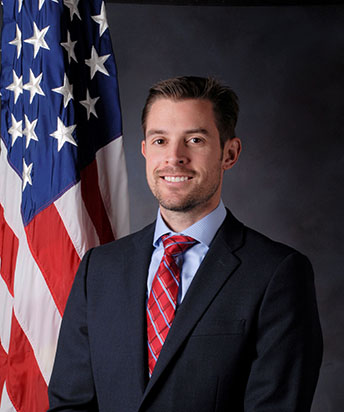
Mr. Tyler Neale is the Executing Agent for the Test Resource Management Center’s High Speed Systems Test (HSST) portfolio headquartered at Arnold Air Force Base, TN. He is responsible for the development of new and improved technologies, tools, and techniques for effective and timely test and evaluation (T&E) of hypersonic systems. His HSST portfolio consists of numerous technology development efforts that span ground test, modeling and simulation, and flight test domains and address high-priority Department of Defense T&E needs for hypersonic development efforts. He also leads efforts with strategic roadmap and investment strategy development for the United States Air Force and the Test Resource Management Center that provide guidance for the DoD in support of hypersonic system development.
Prior to his role with HSST, Tyler served as a project engineer for wind tunnel testing in the 716th Test Squadron at Arnold AFB. He received his Master of Science degree in Aerospace Engineering from Texas A&M University as a recipient of the DoD’s Science, Mathematics, and Research for Transformation (SMART) Program scholarship.
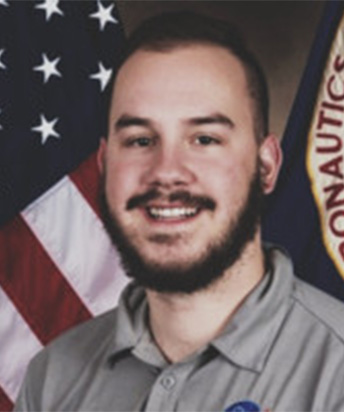
Tristan Schuler has been conducting research on lighter-than-air-vehicles since 2018. Tristan received his B.S. in Mechanical Engineering from George Mason University and an M.S. in Aerospace Engineering from the University of Arizona where he defended his thesis on solar high altitude balloons (SHAB) for planetary exploration. In 2021, he was awarded a Karles research Fellowship from the U.S. Naval Research Laboratory to develop technology for autonomous SHABs. Tristan’s SHAB expertise has led to continued collaborations with multiple organizations researching high altitude balloon technology, including but not limited to: Sandia National Laboratories; University of Arizona; and NASA Jet Propulsion Laboratory.
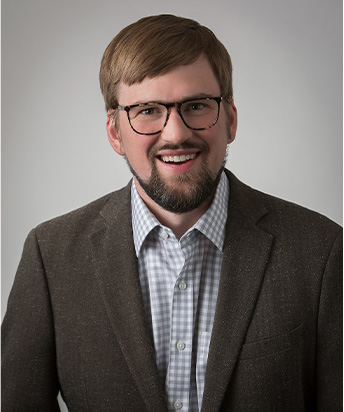
Russel Van Der Werff is currently serving as Vice President of Stratospheric Solutions for Aerostar. Prior to that he was the Director of Engineering for the company. Aerostar has been in the high-altitude flight business since the early 1950s, building systems for the Government and Military, NASA, and supporting commercial enterprises such as Project Loon. Collectively Aerostar balloons have logged over a million hours in the stratosphere over the last five years.
Russ has over 15 years of technical and leadership experience, and has been excited to be a part of taking the Thunderhead balloon system from a handful of test flights to over 300 operational demonstrations. Russ's specific subject matter expertise is in wind-steered navigation planning, systems engineering, and balloon system CONOPs. He is also the de facto assignee for spreading the Gospel of Ballooning to the general public.
Russ holds Bachelor's degrees in Electrical Engineering, Computer Science, and Mathematics, as well as a Master's in Business Administration.
